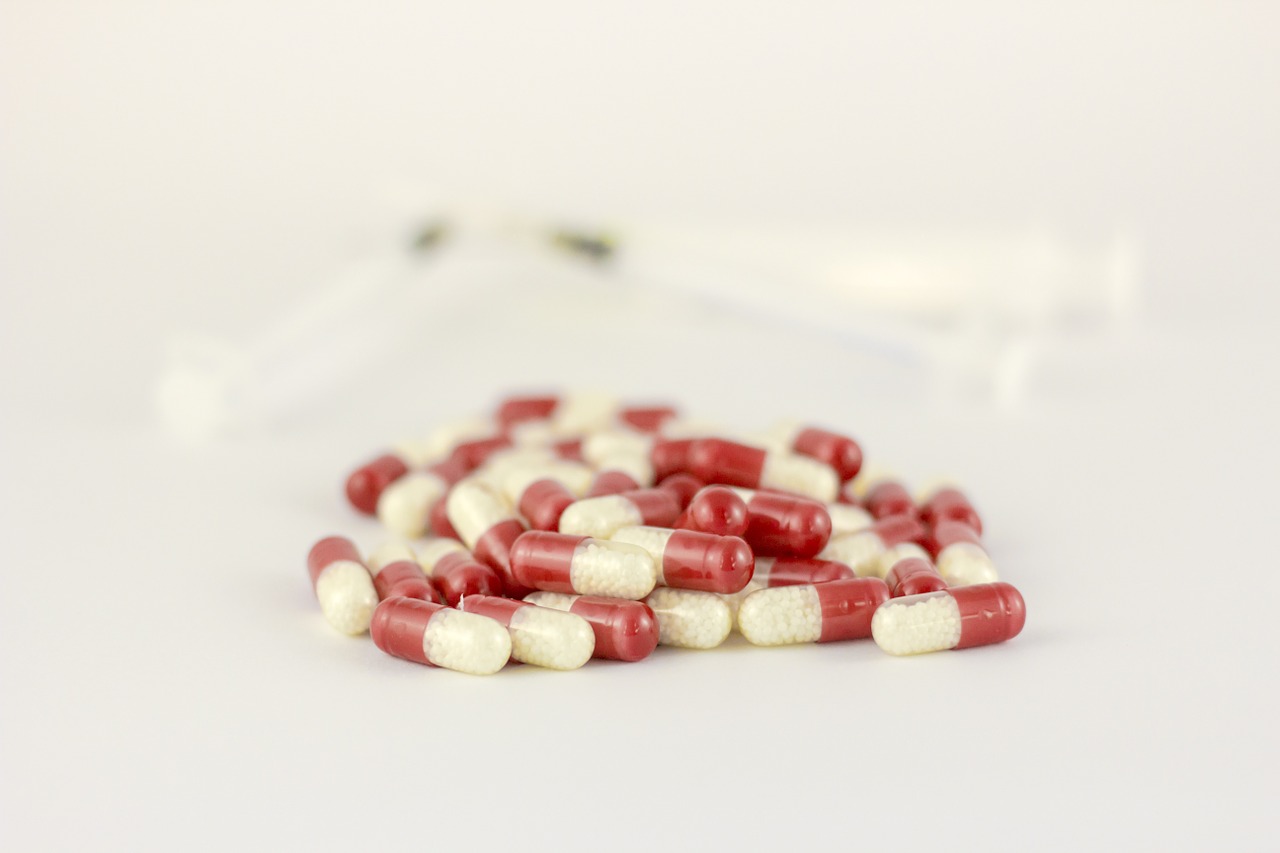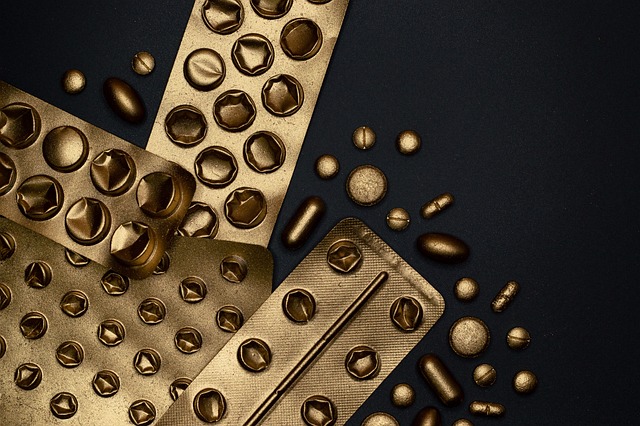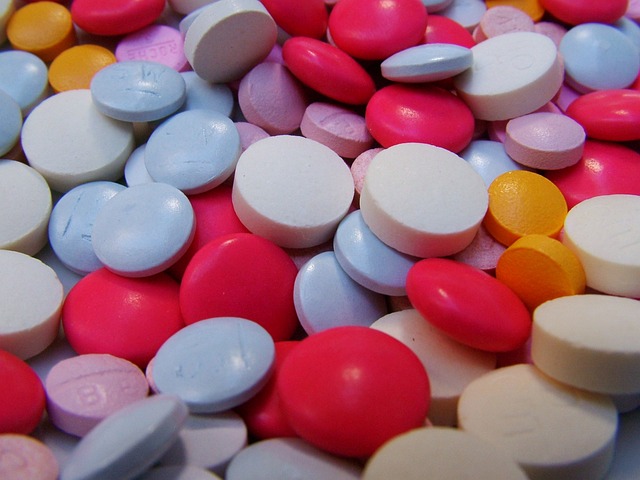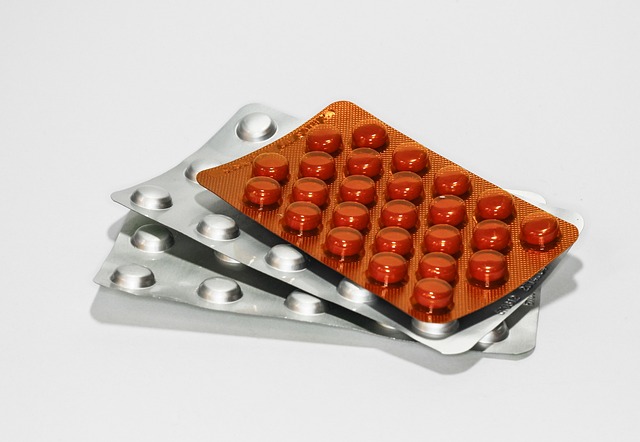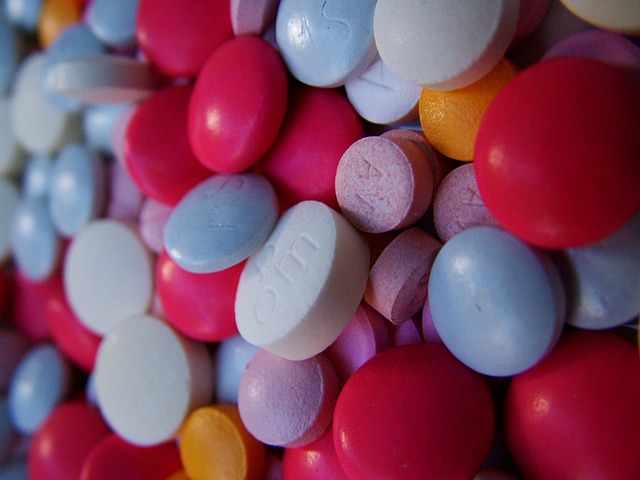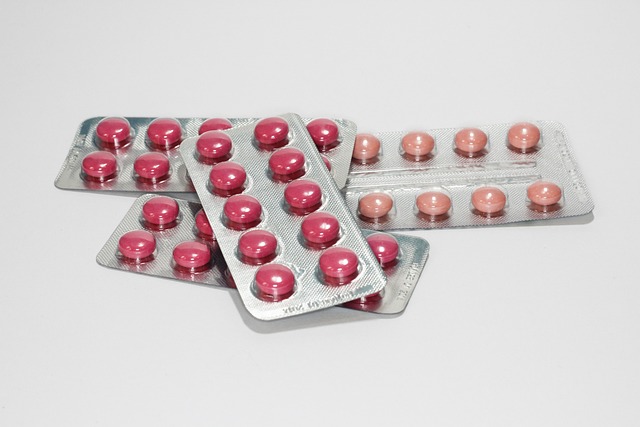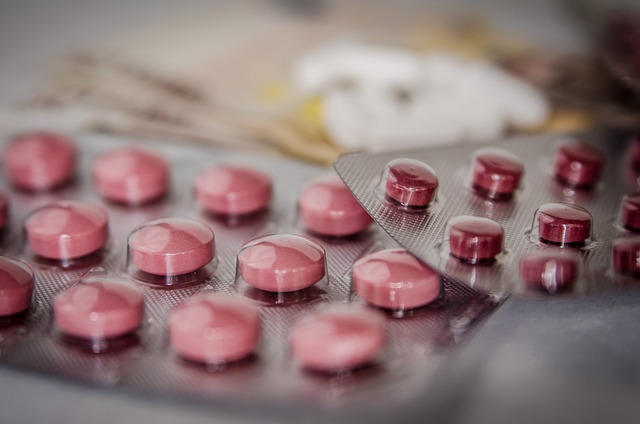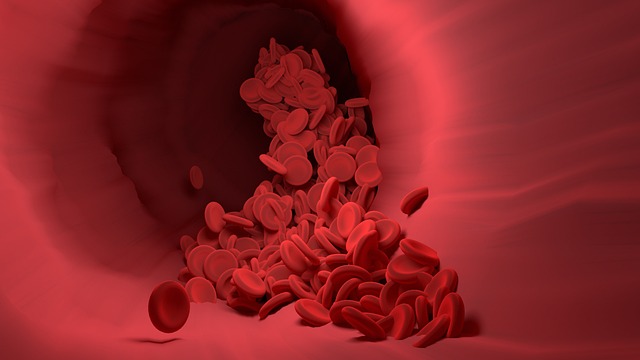Podcast: Play in new window | Download (Duration: 21:02 — 9.6MB) | Embed
This episode is sponsored by Freed – Freed is an amazing time saver for busy healthcare professionals! It listens, transcribes, and writes medical notes for you! Go check them out and support our sponsor!
Pantoprazole (Protonix) is a PPI that can be used for GERD and peptic ulcer disease. I differentiate why this medication is different from the commonly used omeprazole.
Dicyclomine (Bentyl) is an anticholinergic medication that may be used to help reduce pain and spasms associated with irritable bowel syndrome.
Sumatriptan (Imitrex) is a selective 5HT1 receptor agonist, which potentially helps with vasoconstriction that contributes to migraine symptoms.
Chlorhexidine (Peridex) is an antibiotic oral rinse that can be used for gingivitis.
Metoprolol (Lopressor, Toprol XL) is a beta-blocker that may be used for atrial fibrillation, angina prevention, and hypertension. It is not a first-line medication for hypertension.
Support The Podcast and Check Out These Amazing Resources!
Meded101 Guide to Nursing Pharmacology (Amazon Highly Rated)
Guide to Drug Food Interactions (Amazon Best Seller)
Pharmacy Technician Study Guide by Meded101
Be sure to check out our free Top 200 study guide – a 31 page PDF that is yours for FREE!
